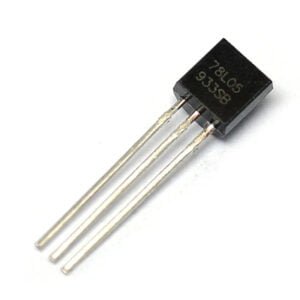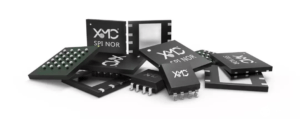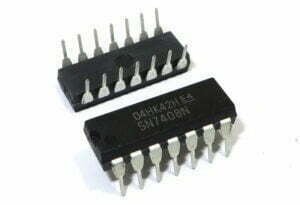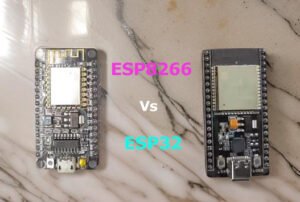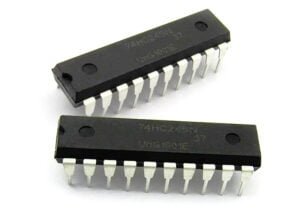The STM32F407VET6 microcontroller is a powerful, feature-rich, and versatile device that has become a popular choice for embedded system applications. Its Cortex-M4 core provides performance capabilities for complex tasks, while its wide range of peripherals enables it to interface with a variety of external components. In this article, we will take a look at the features of the STM32F407VE microcontroller, how to get started using it, and how to unlock its full potential in embedded system applications.
Introduction to STM32F407VET6 Microcontroller
The STM32F407VET6 microcontroller is a 32-bit ARM Cortex-M4 based device from STMicroelectronics. It is part of the STM32F4 family of microcontrollers, which are known for their high performance and comprehensive hardware and software support. The STM32F407VET6 is based on an ARM Cortex-M4 core, which is capable of operating at frequencies up to 168 MHz. It features 4KB of instruction and data caches, as well as a Floating Point Unit (FPU).
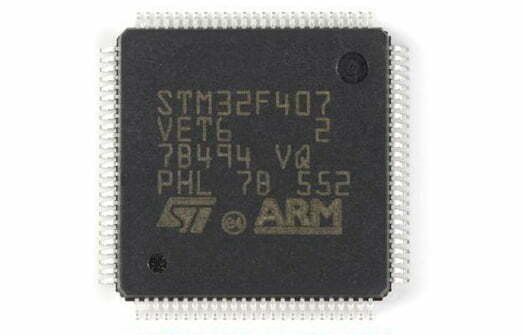
The STM32F407VET6 microcontroller is designed to be used in embedded system applications, such as those in industrial automation, medical devices, consumer products, and more. It is equipped with a wide range of peripherals, such as UART, SPI, I2C, CAN, and SDIO, which enable it to communicate with external components. The STM32F407VET6 also features an advanced Analog-to-Digital Converter (ADC), which can be used to acquire analog signals from external components.
STM32F407VET6 Features
Core:
- Adaptive real-time accelerator (ART Accelerator™)
- 0-wait state execution from Flash memory
- Memory protection unit
- 210 DMIPS/1.25 DMIPS/MHz (Dhrystone 2.1)
- DSP instructions
Memories:
- 64-Kbyte of CCM (core coupled memory) data RAM
- Flexible static memory controller supporting Compact Flash, SRAM, PSRAM, NOR and NAND memories
- LCD parallel interface, 8080/6800 modes
Clock, reset and supply management:
- I/OsPOR, PDR, PVD and BOR
- Internal 16 MHz factory-trimmed RC (1% accuracy)
- 32 kHz oscillator for RTC with calibration
- Internal 32 kHz RC with calibration
Low-power operation:
- Sleep, Stop and Standby modes
- VBAT supply for RTC
General-purpose DMA:
- 16-stream DMA controller with FIFOs and burst support
Debug mode:
- Serial wire debug (SWD) & JTAG interfaces
- Cortex-M4 Embedded Trace Macrocell™
Advanced connectivity:
- USB 2.0 full-speed device/host/OTG controller with on-chip PHY
- 10/100 Ethernet MAC with dedicated DMA
- Supports IEEE 1588v2 hardware, MII/RMII
- 8- to 14-bit parallel camera interface up to 54 Mbytes/s
Other features:
- True random number generator
- CRC calculation unit
- 96-bit unique ID
- RTC: subsecond accuracy, hardware calendar
STM32F407VE Specification
| Parameter | Value |
|---|---|
| Manufacturer | STMicroelectronics |
| CPU | ARM® 32-bit Cortex®-M4 |
| Flash Memory | Up to 1 Mbyte |
| SRAM | Up to 192+4 Kbytes |
| Maximum Frequency | 168 MHz |
| Voltage Range | 1.8 V to 3.6 V |
| A/D Converters | 3×12-bit |
| D/A Converters | 2×12-bit |
| DMA | 16-stream |
| Timers | Up to 17 (12 16-bit and 2 32-bit) |
| I/O Ports | Up to 140 (136 fast I/Os up to 84 MHz and 138 5 V-tolerant I/Os) |
| Communication Interfaces | Up to 15 |
| I2C interfaces | Up to 3 |
| Internal RC oscillator frequency | 16 MHz |
| Crystal oscillator frequency | 4-to-26 MHz |
| Backup registers | 20x32 bit |
| Optional backup SRAM | 4 KB |
| SPIs | Up to 3 (42 Mbits/s) |
| Maximum number of A/D channels | 24 channels |
| Maximum A/D conversion rate (triple interleaved mode) | 7.2 MSPS |
| Package | LQFP64, LQFP100, LQFP144, LQFP176, UFBGA176+25 |
STM32F407VET6 Pinout

STM32F407VET6 Block Diagram

STM32F407VET6 Application
- Industrial automation: control machinery and processes.
- Robotics: control their movements and actions.
- Consumer electronics: such as smartphones, tablets, and smart home devices.
- Automotive: such as engine control, anti-lock brakes, and infotainment systems.
- Medical devices: such as patient monitors, infusion pumps, and diagnostic equipment.
- Communication systems: such as routers, switches, and wireless access points.
- Aerospace and defense: such as navigation systems, avionics, and missile guidance systems.
- Audio and video equipment: such as amplifiers, mixers, and video processors.
- Gaming systems: such as consoles and handheld devices.
- Internet of Things (IoT): such as smart sensors, gateways, and controllers.

